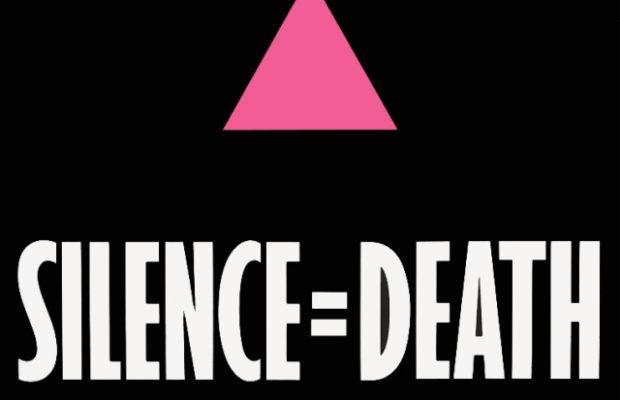LGBTQIA+ HIV stigma with blood donations is outdated

First off: The high school blood drive is Thursday, May 12. For any and all information or necessary forms, please go find Erin Gardner’s post in your ‘class of’ Schoology group.
Since the mid-eighties, specifically starting in 1985, the FDA has enacted several policies regarding varying levels of homophobia when dealing with the aftermath of the AIDs epidemic. All variations of the original policy barred sexually active gay and bisexual men in some form, from giving blood even in times of crisis.
For a sense of a timeline, the original policy barred any man who had intercourse with another male individual between the years 1977 and the present year. This version of the policy was in place until it was amended by the commissioner, Dr. Margaret Hamburg on Dec. 23, 2014. The amended version of the policy was less restrictive, instead stating that gay and bisexual men only had to remain abstinent for one calendar year to donate.
Then again it was amended in August of 2020 with the rise of the COVID-19 pandemic and the blood shortages that went alongside it. This amended version of the policy was, once again, less restrictive, now only asking gay and bisexual men to abstain from male on male sex for a three month period and adding a clarifier for women to avoid sex with men who had not abstained from homosexual sex in the last three month period.
While for some this may seem progressive, there is still a major issue. All of these restrictions were enacted to mitigate the risk of spreading HIV, also known as human immunodeficiency virus. This, of course, when left untreated can develop into AIDS, which even in 2022 still has a mortality rate of about 4 percent give or take a few data points depending on your source.
But “4 percent is such a low number!?” you say. ,and you’re right to think that. In the last 45 years, death by AIDS and therefore HIV has dropped exponentially, going from an epidemic to a, still serious, treatable diagnosis for thousands of Americans alone.
And the general population isn’t the only group to see a decline in cases. While they were once the main victims of the stigmatized disorder, gay and bisexual men have actually become the second most infected group at a 45 percent infection rate, with heterosexual men having an infection rate of 49 percent, and that’s only with a 7 percent drop for the queer community, and a 33 percent drop for the cishet community since the pandemic.
But what does this all mean? Well, for one thing,, it means that statistically, if we’re going to restrict anyones sexual activity before giving blood, it should be cishet men not queer men, but it also means that this question is not only outdated. It’s homophobic.
For those of you who don’t know, whenever you give blood, either in a school or church drive or at any donation center, you are given a DHQ or a Donor History Questionnaire. On this questionnaire there is a section marked as risk activities. In that section between “have you exchanged sex for money in the last three months?” and “have you received a tattoo or piercing in the last three months?” are the two aforementioned questions: “Male donors: Have you had sexual contact with another male in the last three months?” and “Female donors: Have you had sexual contact with a man who had sexual contact with another male in the last three months?” Not only is this homophobic, assuming that all gay and bi men have AIDs or HIV, but the question directed to female patents pushes another stigma.
A common stereotype is that bi folks are more likely to cheat than other sexualities due to their multi-gender preference, and having the assumption that not only are bi men HIV positive, but that they are dangerous to their opposite sex partners can only make the stigma worse. It pushes a narrative of sexual provacity that doesn’t exist and is harmful to many queer individuals by labeling bi men and in turn bi people as dangerous.
But what can we do? We know that this stigmatization is harmful, but we need to be thorough in our screening for HIV. The answer is simple; we as a society have two choices.
- We continue to ostracize the LGBTQIA+ community, causing further damage to an already suffering dynamic. All the while pushing a decades old scare-mongering campaign about a mostly treatable disorder or …
- We replace the question with one that asks if you have been sexually active with someone who is/who has been suspected to be HIV positive. A question that already exists on the DHQ used by the red cross, and a question that only sits a few above the two promoting homophobia and biphobia.
To some the answer is clear, but not to everyone, so if you’re having a hard time picking a side, take some time to think about this quote from LGBTQIA+ and AIDs activist, as well as leader of the ACT UP foundation, Larry Kramer. “The only way we’ll have real pride is when we demand recognition of a culture that isn’t just sexual. It’s all there – all through history we’ve been there, but we have to claim it and identify who was in it and articulate what’s in our minds and hearts and all our creative contributions to this earth, and until we do that and until we organize ourselves block by neighborhood by city by state into a united visible community that fights back, we’re doomed.”
Gay people are not sex-crazed incubi hunting for victims to infect. They’re people who want to have free love without fear of death. All stigmatizing them does is kill them off in political genocides.









You must be logged in to post a comment Login